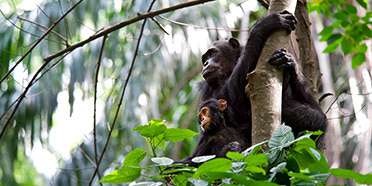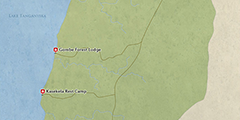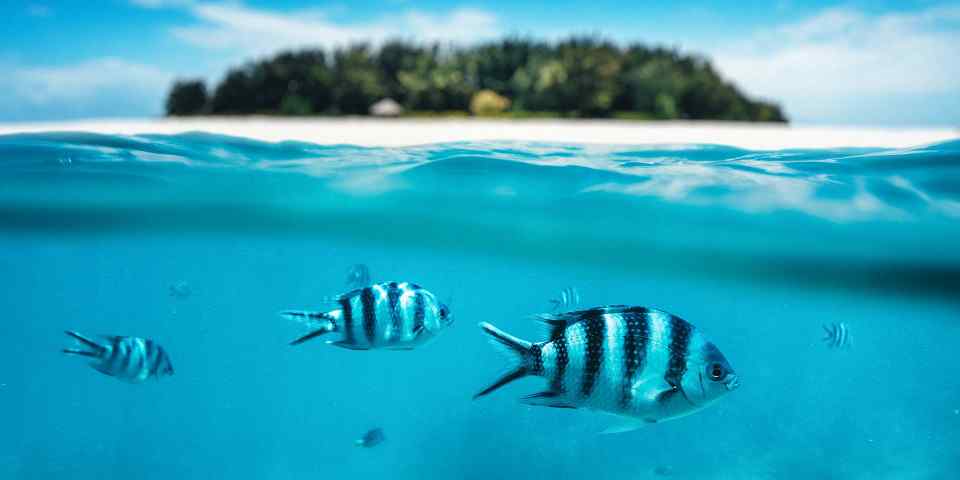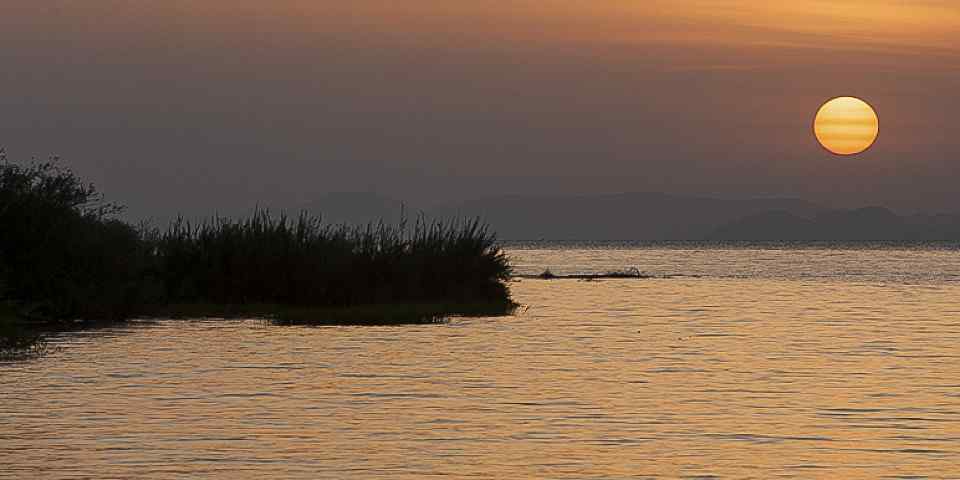
Safari Tours to Gombe NP
-
![4-Day Trekking Home of Chimpanzee]()
4-Day Trekking Home of Chimpanzee
$1,649 pp (USD)
Tanzania: Private tour
Mid-range Tented Camp & HotelYou Visit: Arusha (Start), Gombe NP, Kigoma (Town), Arusha (End)

See Endless Adventures Tanzania
5.0/5 – 55 Reviews
-
![17-Day Wildlife Safari with Chimps and Beaches]()
17-Day Wildlife Safari with Chimps and Beaches
$3,446 pp (USD)
Tanzania: Shared tour (max 6 people per vehicle)BudgetCamping & Tented Camp
You Visit: Arusha (Start), Tarangire NP, Serengeti NP, Central Serengeti NP, Ngorongoro Crater, Lake Manyara NP, Materuni Waterfalls (Highlight), Gombe NP, Zanzibar Stone Town (Zanzibar), Zanzibar (End)

Colours Africa Tours and Safaris
5.0/5 – 205 Reviews
-
![10-Day Chimpanzees at Gombe- Mahale Mountain Katavi Park]()
10-Day Chimpanzees at Gombe- Mahale Mountain Katavi Park
$4,395 pp (USD)
Tanzania: Private tourBudgetGuest House & Hotel
You Visit: Dar es Salaam (Start), Gombe NP, Mahale Mountains NP, Katavi NP, Mbeya (City), Dar es Salaam Airport (End)

Go Giraffe Safaris
5.0/5 – 24 Reviews

 Tanzania Parks
Tanzania Parks












